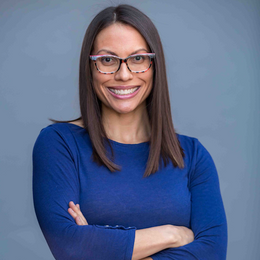A Photo Essay: The Face of the Future of Caregiving
As our series The Future of Elder Care comes to a close, we wanted to showcase some of the optimism we feel. We decided the best way to do that would be through the power of photography.
There is a lot to worry about as we age — the cost of aging in America alone is enough to keep us up at night. It is clear our country is ill-prepared for the number of people who will require long-term care and the support of professional caregivers. But there are glimmers of hope and optimism and you can see that in some of the faces below.
Next Avenue had the opportunity to visit two different sets of students: future helpers, advocates and caregivers of America.
The first images are of seniors from Metro Tech High School in Phoenix. We then met a group of medical students who are learning how to engage and interact with patients living with dementia.
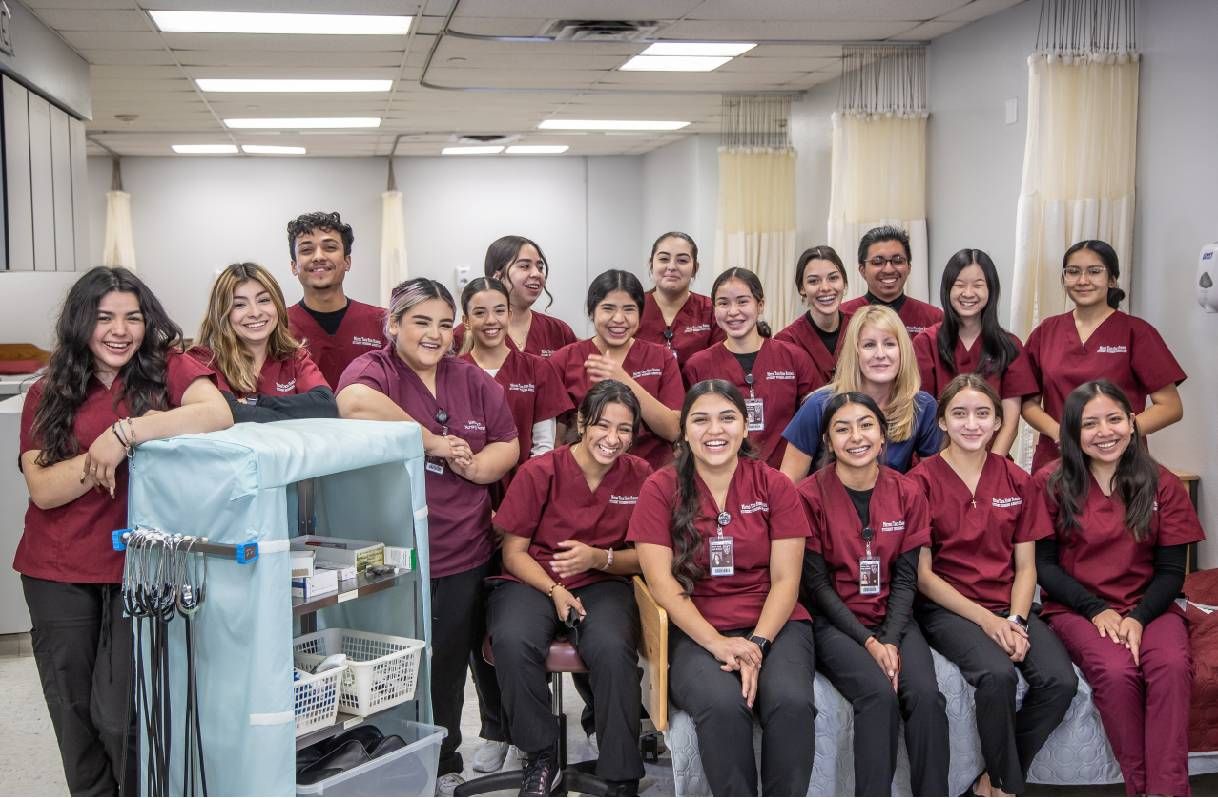
Jennifer Watson (center right, in blue) is a nursing instructor at Metro Tech High School. This class of seniors is working on their "skills lab" to prepare them for next semester when they participate in clinical rotations at a nearby long-term care facility. And once they successfully complete that, along with other course requirements, "that qualifies them to sit for the Arizona State Board of Nursing board exam for nursing assisting," says Watson. "So, that gives them a professional certification, so they can leave their senior year in high school ready to work."
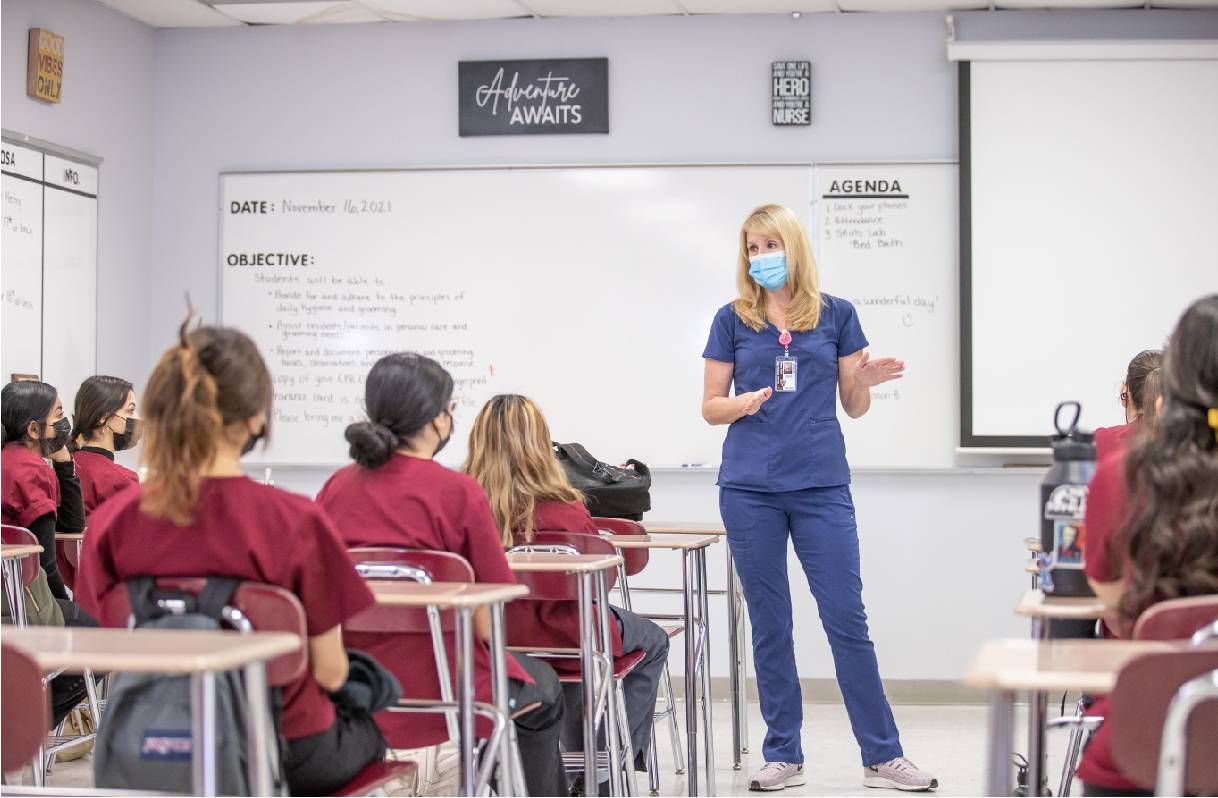
Watson says the program at Metro Tech is a two-year program. "Students apply in the middle of their sophomore year," she says. "If accepted, they move into the Nursing half-class their junior year. And that class is primarily anatomy, physiology, medical terminology. It starts out with an introduction to careers in health care with a focus on nursing assisting and nursing in general as a career."
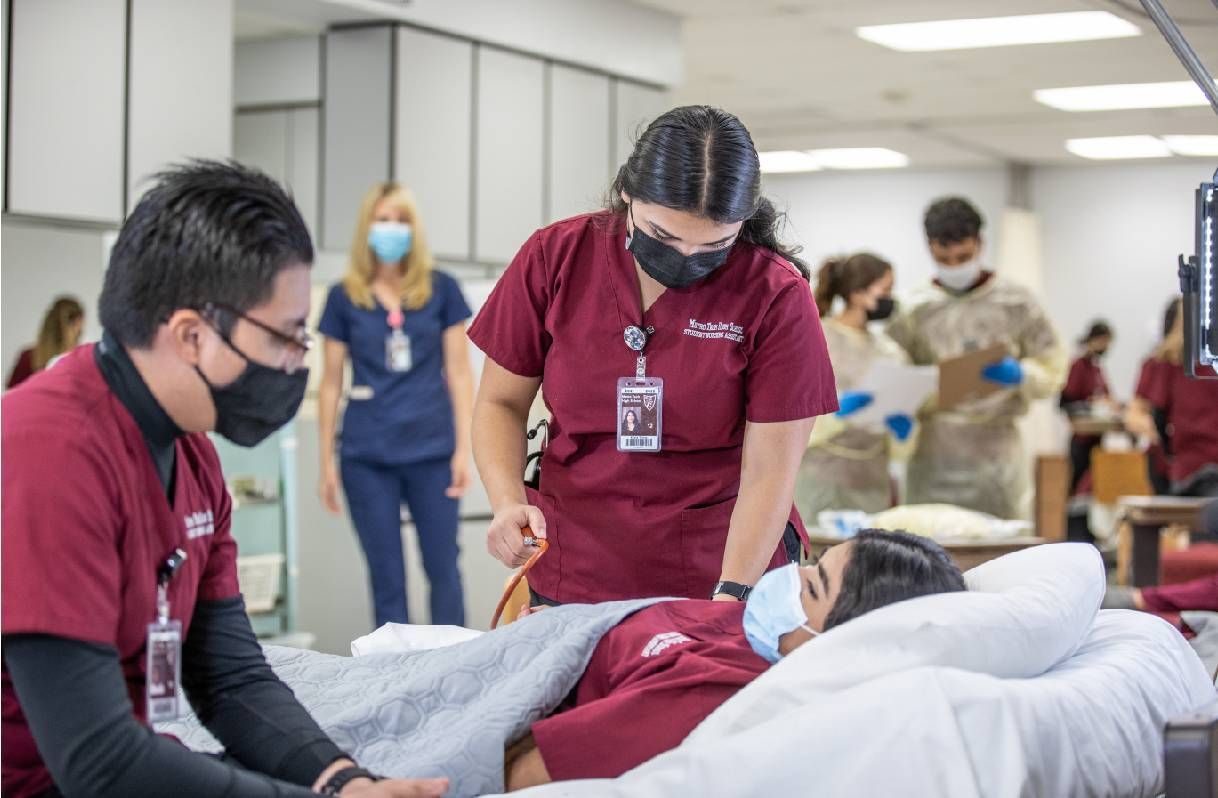
From left to right: Jan Lagunas Segura, Krista Torres and Lizbeth Vargas Morales, all seniors at Metro Tech High School. Vargas Morales is the "patient" in bed. The 17-year-old says she applied to the program because "I feel like it'll benefit me in the long run to help out my parents, and then I'll help other people in the community." Lagunas Segura is one of two young men in the class. At first, he says he was taken aback by that, but now says it's not a big deal. After he graduates, he plans to enroll in Phoenix College (a community college) in hopes of becoming a registered nurse.
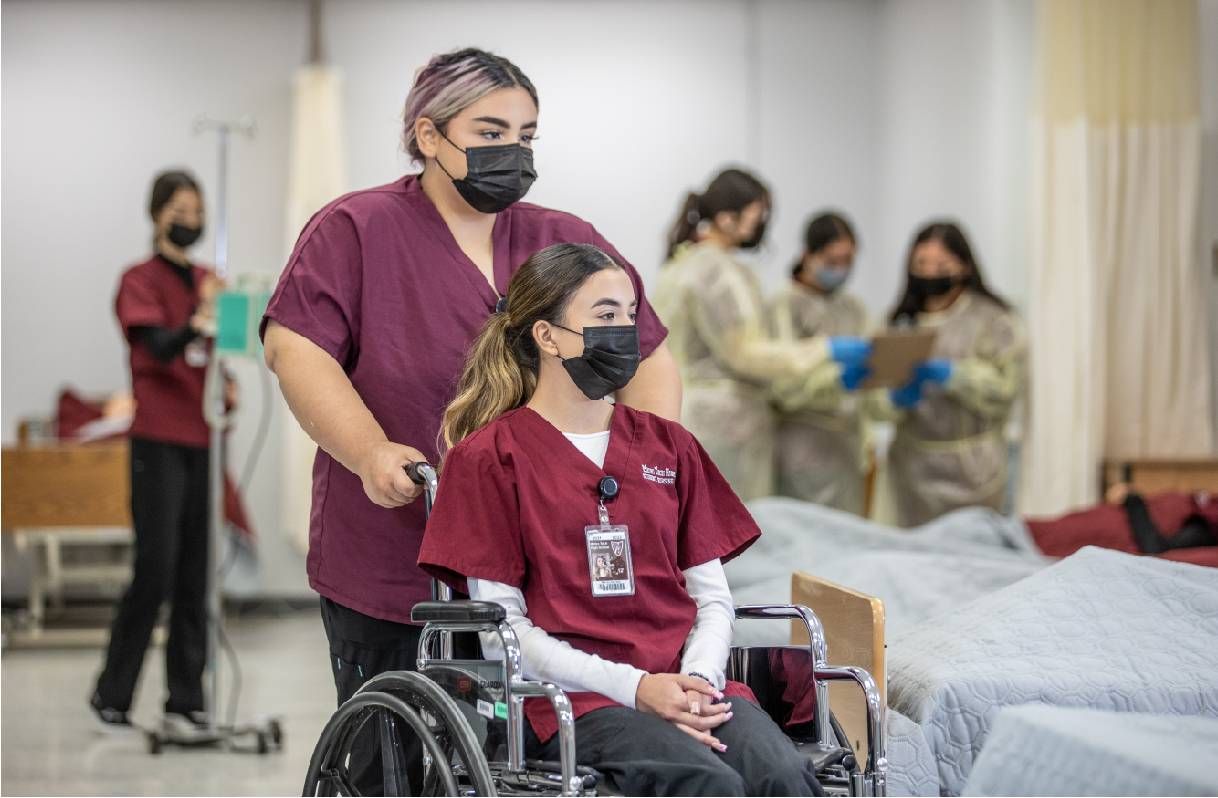
Not exactly your typical classroom. Students here practice their skills on each other, says Watson. "There's multiple steps per each skill that students need to learn," she explains. Everything from learning how to take vital signs, personal care, using a gait belt (which can help stabilize a person), grooming, ambulation and the list goes on.
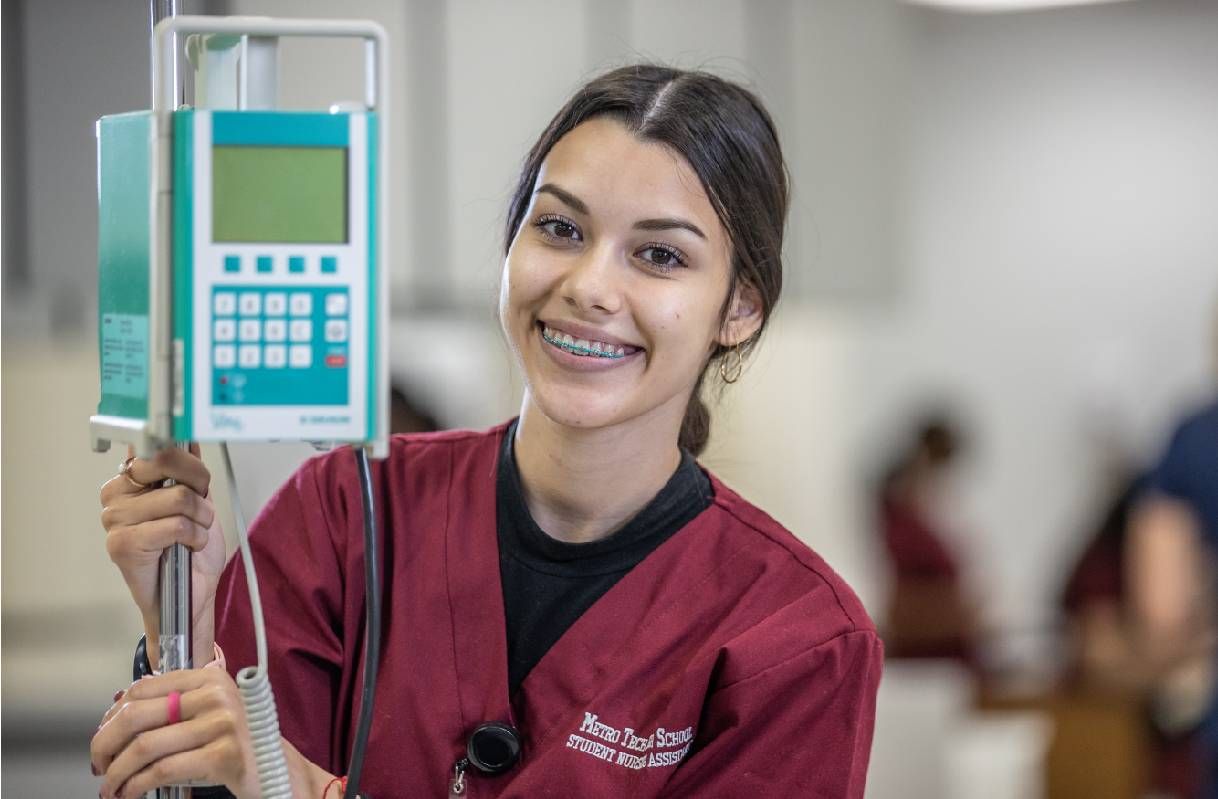
Layla Armenta is an 18-year-old senior at Metro Tech. She wants to become a registered nurse after she graduates. She eventually hopes to work in the field of midwifery.
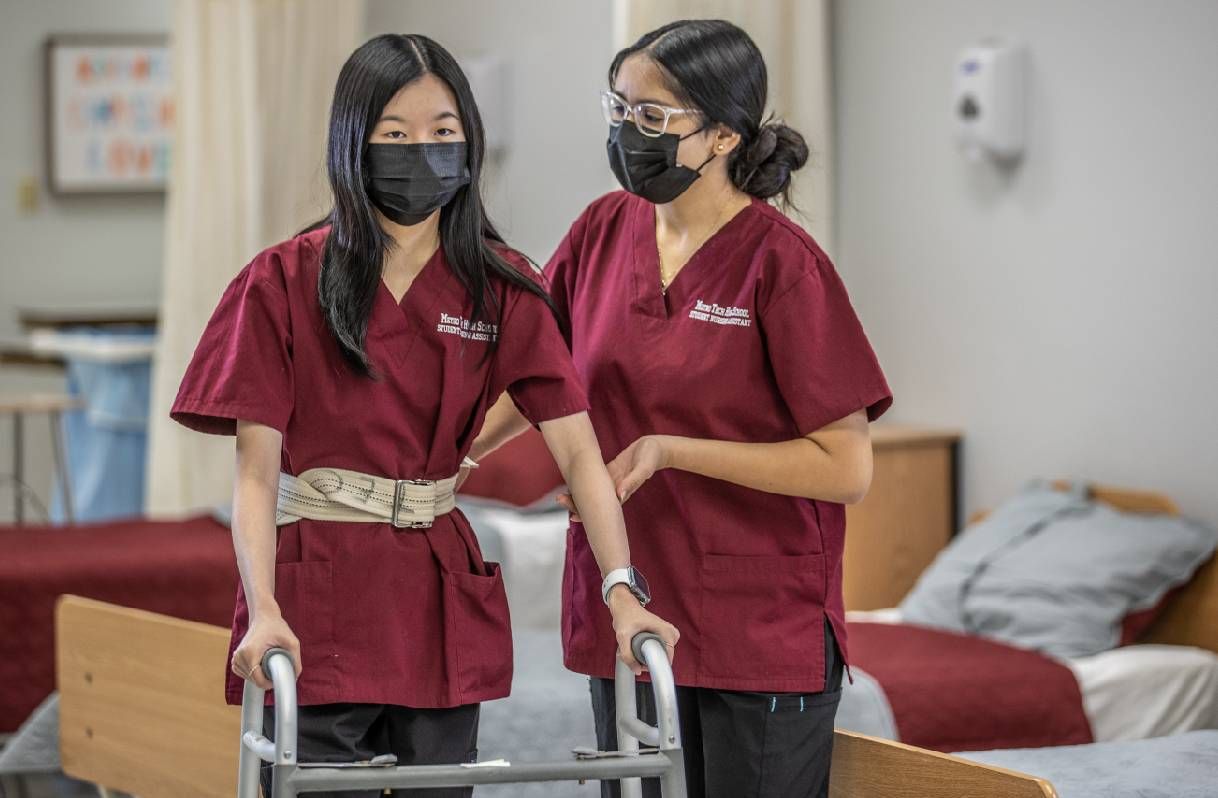
Most of the students are not necessarily thinking about a career with older adults, but once they start working with some of the residents at the long-term care facility, Watson says, she's noticed a shift in terms of how the students view the people they work with. "I see relationships form," says Watson. "And I think once the relationship starts forming between the student and the resident, that's when the interest increases." She says many students walk into the facility scared at first — they worry that they're not competent. But the residents help the students along the way; they encourage them and share their stories. This intergenerational experience ultimately benefits both the students and the residents.

In early December, a group of third-year medical students from the University of Arizona and the Mayo Clinic gathered at Gardiner Home, an inpatient hospice unit for people with dementia, operated by Hospice of the Valley in Phoenix. Here, students are experiencing what it's like to live with dementia. Students are given sunglasses with tape covering the lenses (meant to simulate cataracts) and headphones filled with loud and annoying noise (meant to simulate confusion). They also put on thick, white gloves. Then, they are given instructions — like "put on and button up a shirt." The class of roughly a dozen students struggles. Afterwards, some describe the experience as frustrating, overwhelming and even exhausting.
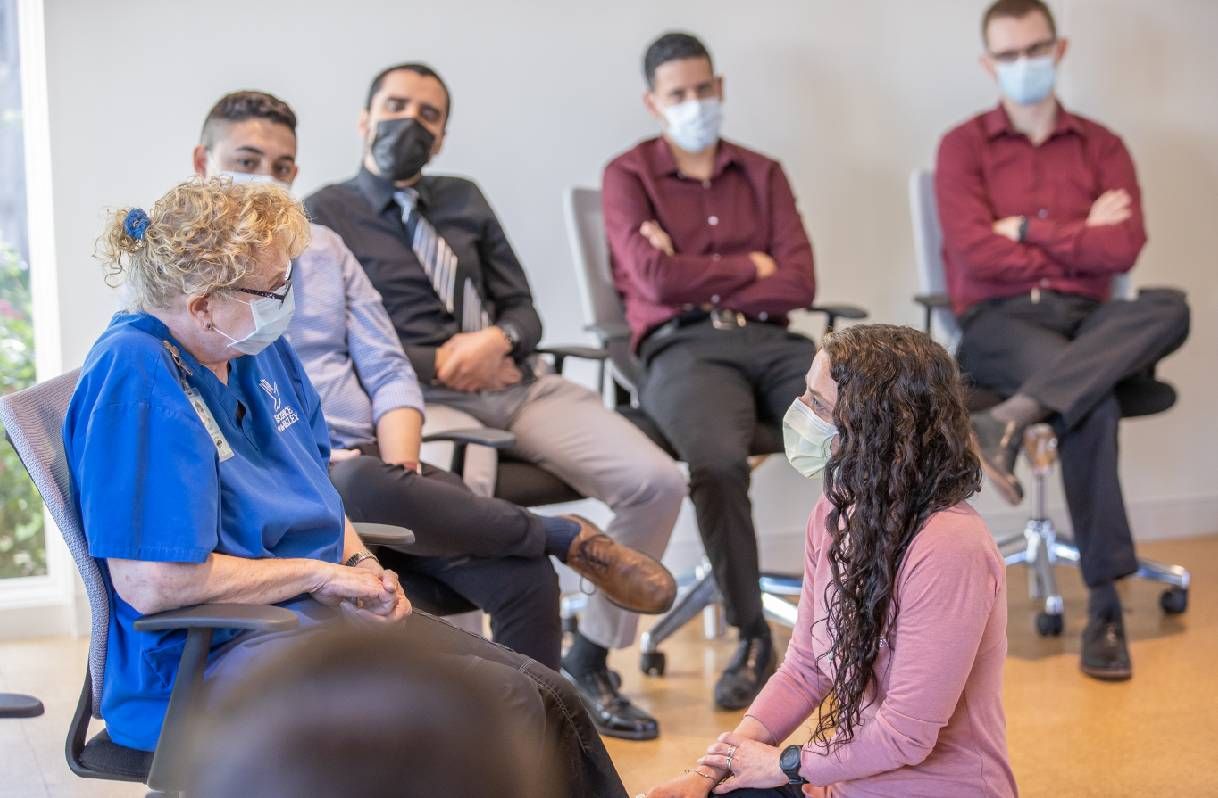
Here, two Hospice of the Valley employees role-play. The goal is to demonstrate how a provider should approach a person living with dementia by establishing eye contact and speaking slowly.
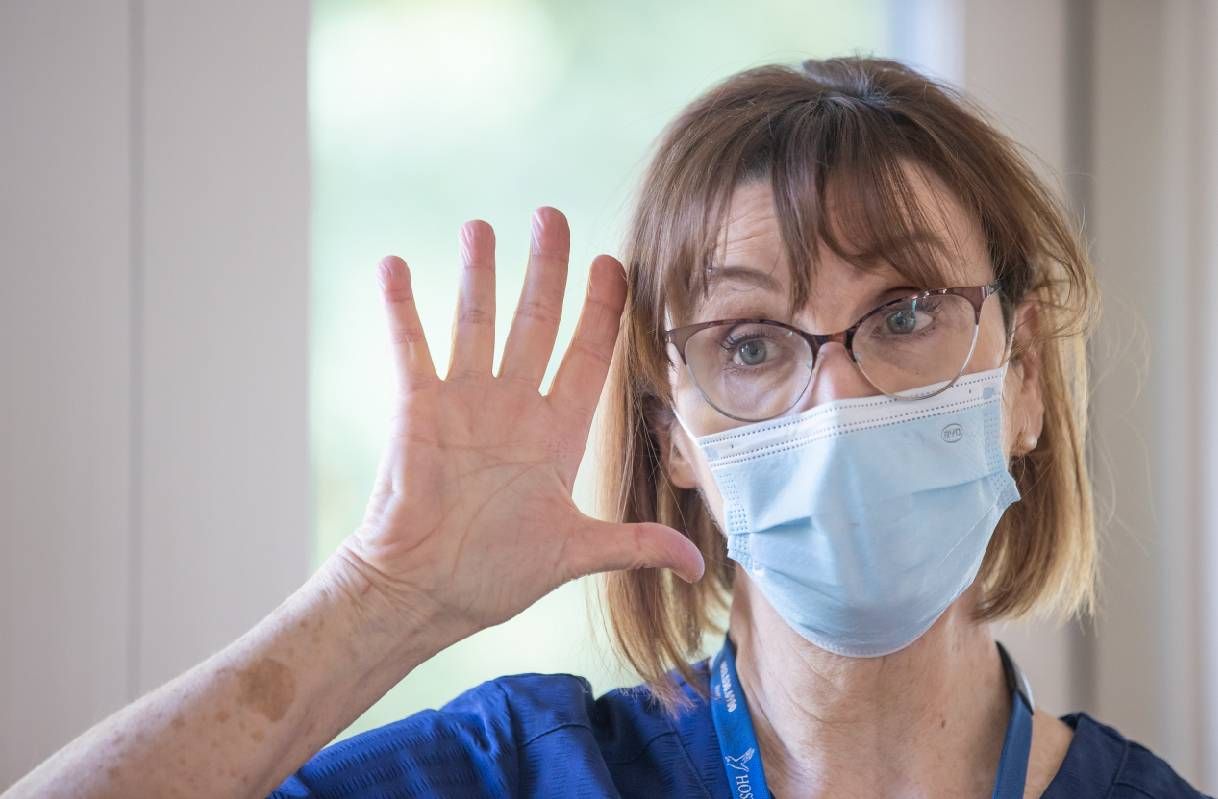
Dr. Maribeth Gallagher, dementia program director with Hospice of the Valley, is leading this group of third-year medical students. She hopes they come away with a better sense of what it's like to have dementia and how to interact with those living with dementia. "Because this isn't necessarily the type of education that they're getting," she explains. "They understand the biology, right? And perhaps the medications. But we really want them to have the lived experience to appreciate how they can be present in a very therapeutic and loving way."
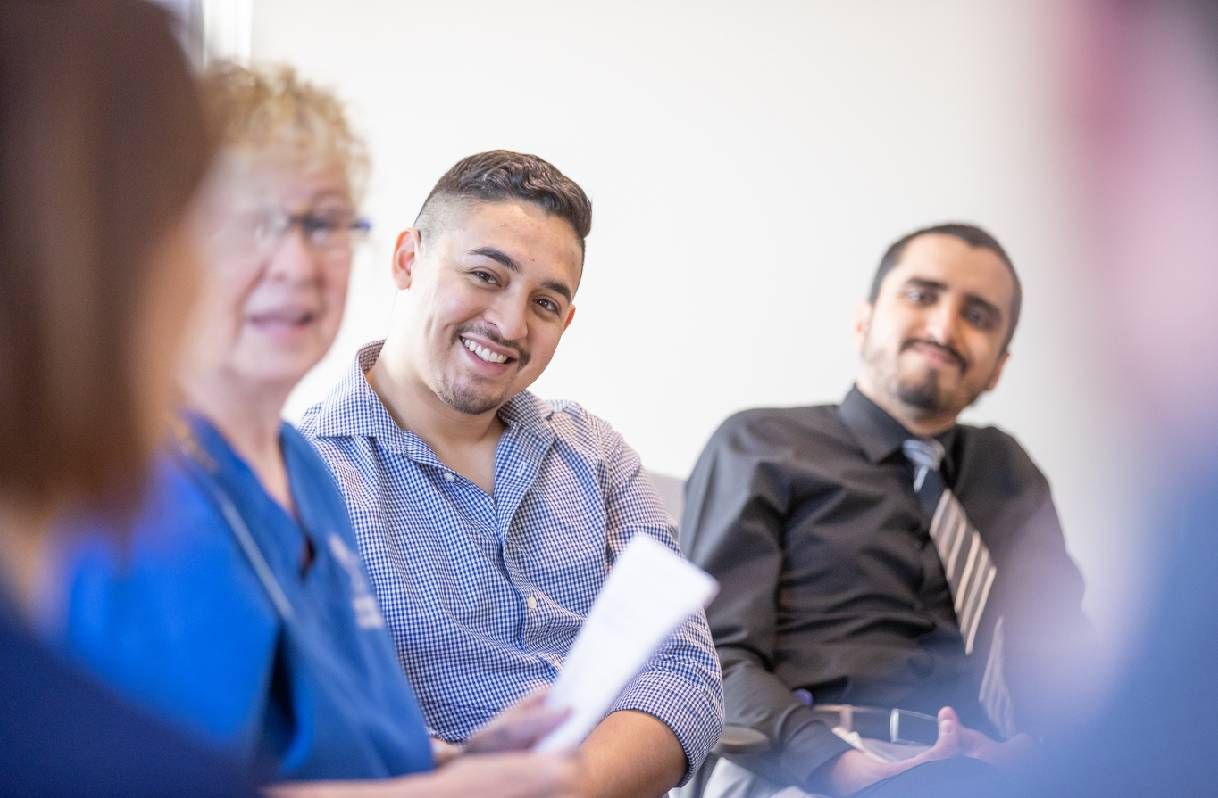
"Arizona has the highest growth rate of people [living] with dementia," says Gallagher. "Oftentimes, we even know from a geriatric perspective, that people aren't choosing to go into the geriatric side. They're choosing other things like cardiology, et cetera. And meanwhile, we've never needed people with an aging population more than we do now, because of the numbers. And then when you add on top of that the complexities, the challenges associated with dementia, we have very few experts... So it's important to give them just a flavor of it, because maybe they just don't realize that this is a calling for them."
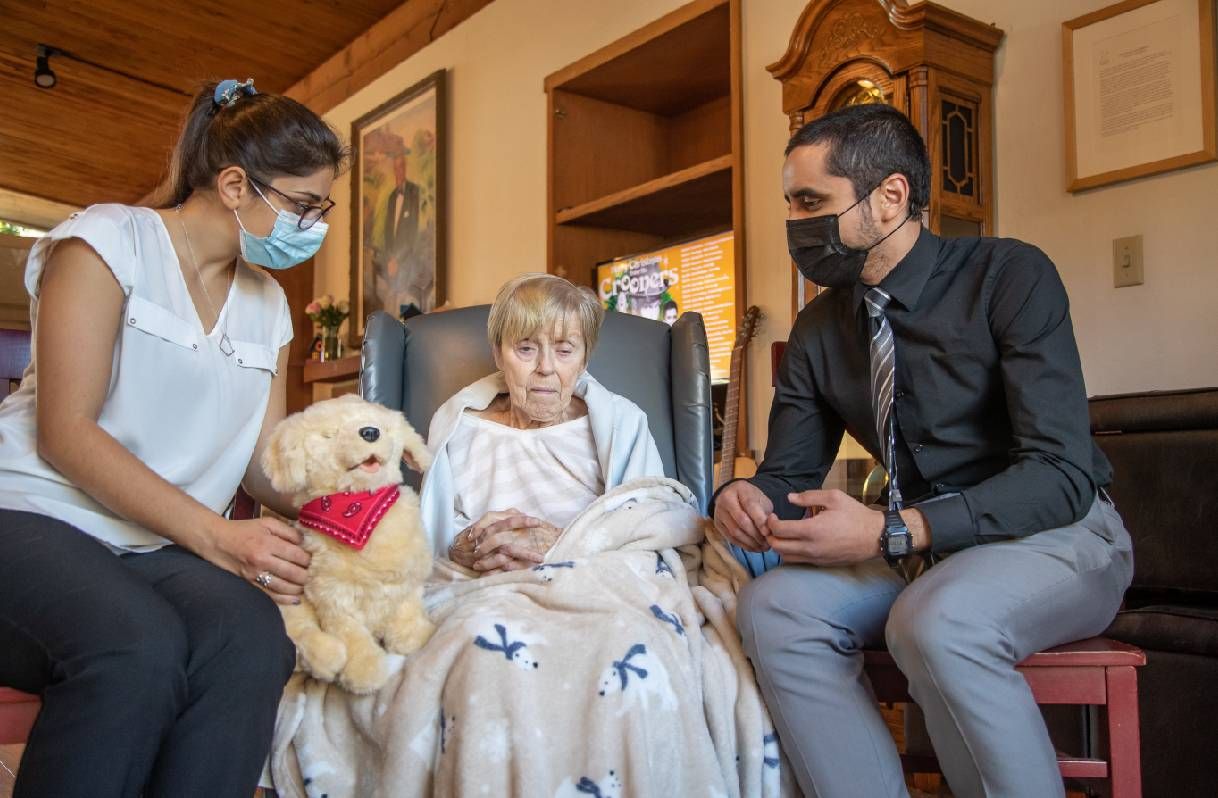
Leeann Qubain and Anas Maatough are taking what they've learned and applying it to a real-life situation. Here, they're engaging with a resident of Gardiner Home. "We really don't have much exposure to hospice and geriatrics until about this time," explains Maatough. "And so for most of us, or at least for me, personally, this is my first real, in-person exposure to hospice and geriatrics, and I didn't really realize how much of it is patient-centered."
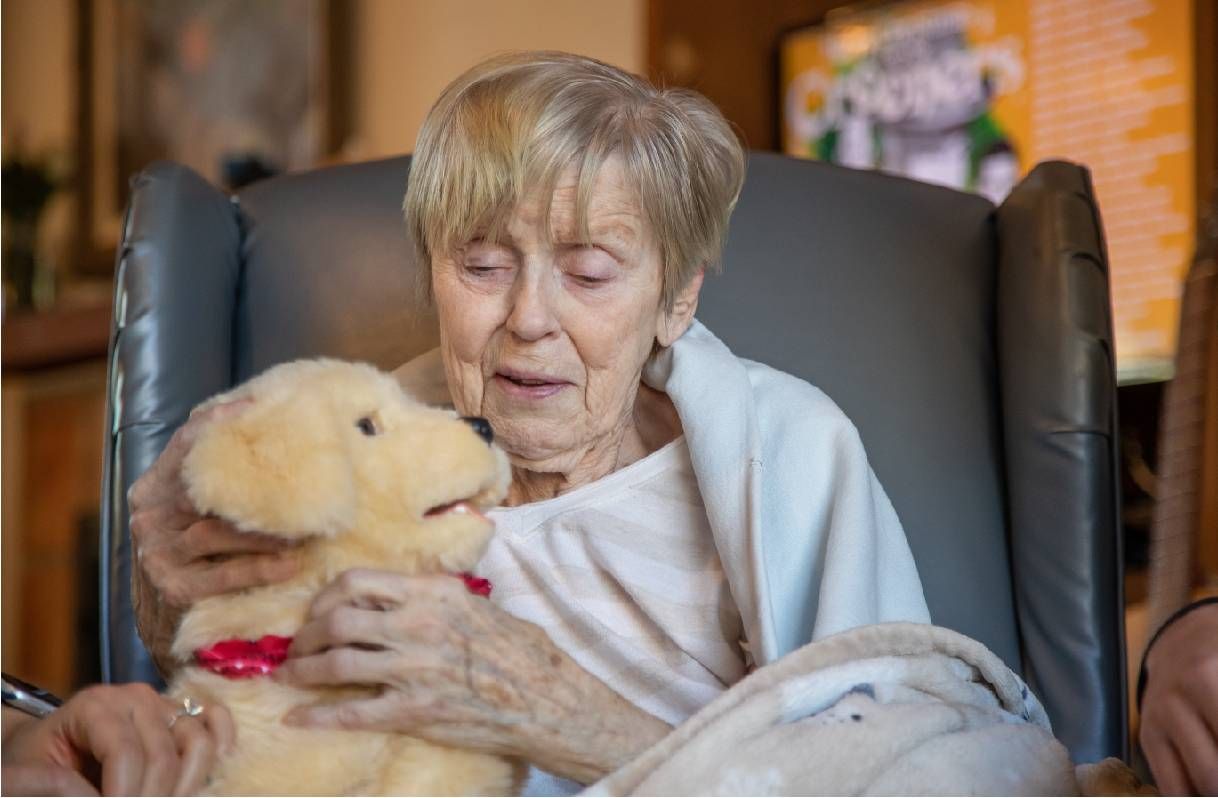
"And so we want the students to have a sense of familiarity of just showing up with kindness and appreciating the internal experience of a person [living] with dementia. That they're still in there, right? And to celebrate this person," says Gallagher.
Editor’s note: This story is part of The Future of Elder Care, a Next Avenue initiative with support from The John A. Hartford Foundation.
